High Definition. Ultra High Definition.
In which Norm spins up 007 in UHD, courtesy of Warner's new Sean Connery set.
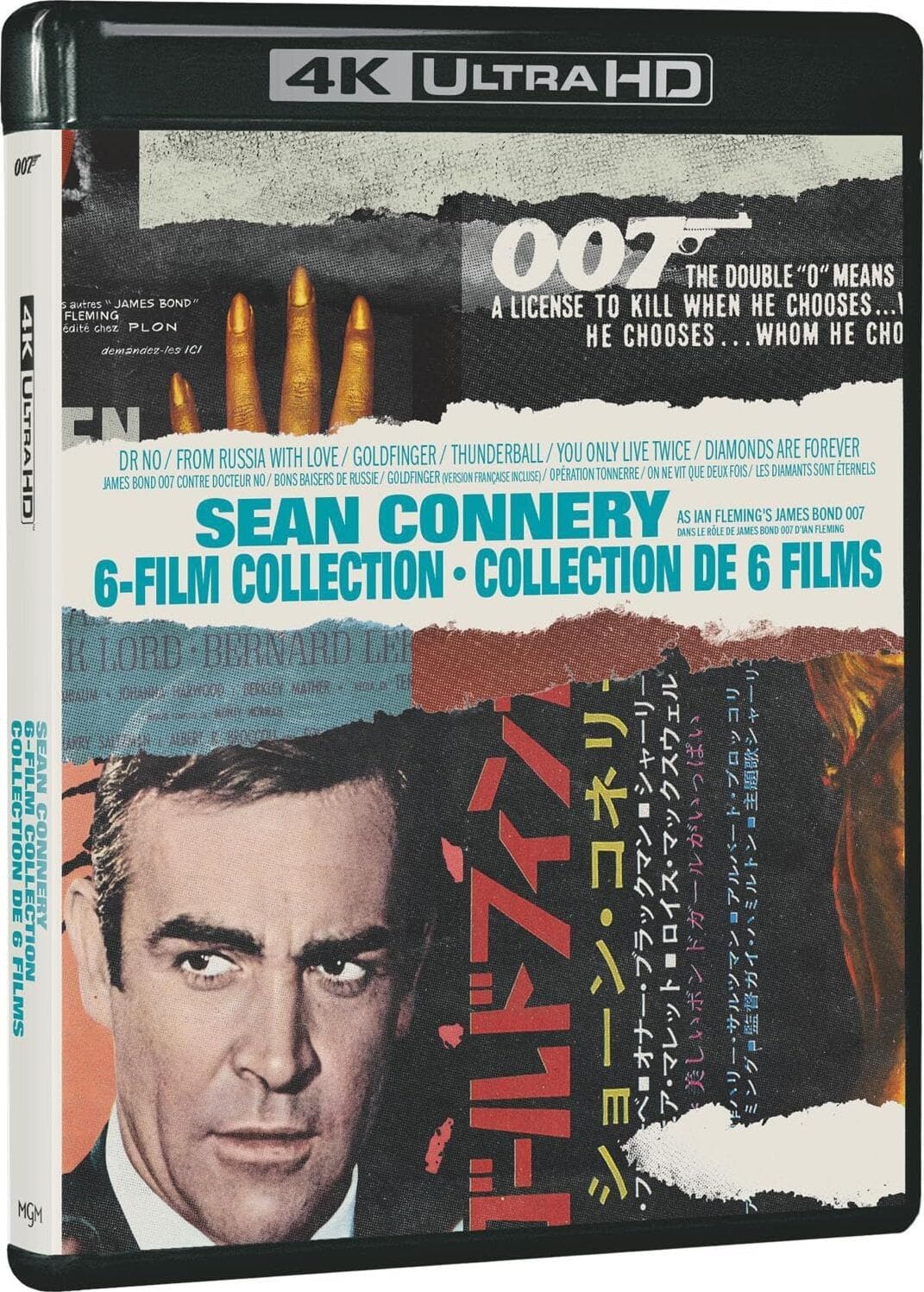
Well, of course Warner would release the Sean Connery Bond films on 4K the week of Father’s Day: There’s good marketing and there’s great marketing.
But above and beyond the obvious calendar appeal, 007: The Sean Connery 6-Film Collection is a set for all seasons, collecting the entire run of Connery’s official tenure as James Bond: Dr. No, From Russia with Love, Goldfinger, Thunderball, You Only Live Twice and Diamonds Are Forever.
You can complain that Never Say Never Again, the unauthorized remake of Thunderball Connery made in 1983, isn’t in here; you can also complain that the set leaves out 1969’s On Her Majesty’s Secret Service, the one that replaced Connery with George Lazenby between Twice and Diamonds. My own OCD leans in the latter direction, because if Warner’s planning to release a Moore set and a Brosnan set, where will the Lazenby and Dalton pictures go? Out of order, that’s where! It’s chaos! It’s chaos!
… sorry. What’s important is that this specific sextet of films is now available in Ultra High Definition on disc for the very first time, with nearly all of the special features produced for the 50th anniversary megaset released by MGM in 2012. And these are not the 4K masters produced by Lowery Digital more than a decade ago for that Bond 50 set, which were plagued by inconsistent color timing and digital noise reduction that could only be described as overenthusiastic; these are new masters, produced last year from scans of the original camera negatives, and they are as close to pristine as one could hope. It’s like looking at the franchise with fresh eyes, and that’s really interesting. Because no matter how well you may know the Bond movies, the context around them keeps changing.
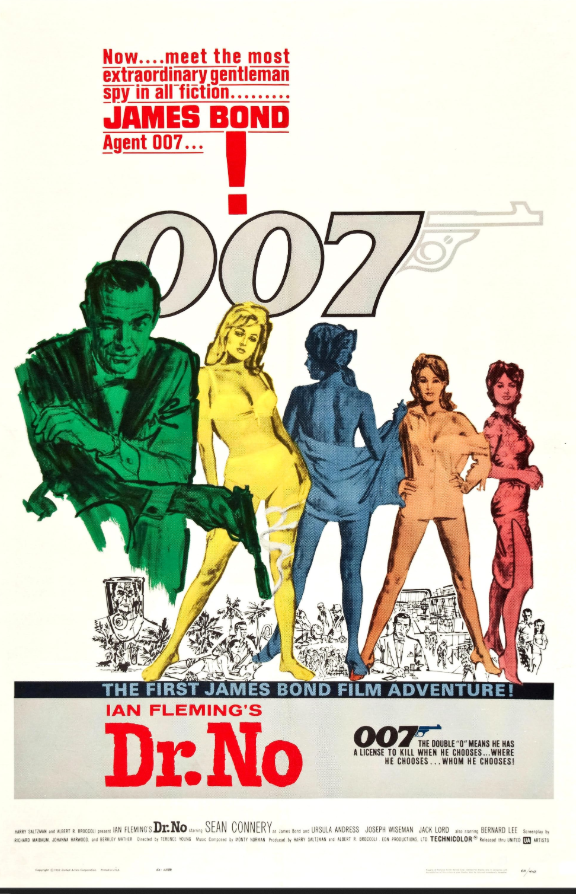
Consider the first three films, produced when Albert Broccoli was still sticking close to Ian Fleming’s novels because he hadn’t yet figured out the Bond Movie formula. Dr. No, From Russia with Love and Goldfinger feel almost raw through a modern lens, with now-familiar elements deployed in what feels like the wrong places. In Russia, for example, Monty Norman’s blaring theme plays under a scene where Bond meticulously sweeps his hotel room for bugs, while the various chases and fights aren’t scored at all.
It’s also interesting to see what Broccoli and his writers thought would impress their audiences – the early Bonds are practically travelogues, with 007 dispatched to various exotic lands (Jamaica! Turkey! Florida!) and being welcomed by the locals like a hero, shown the best sights and served the best meals and getting laid almost immediately. (It is probably not a coincidence that the Bond franchise and the birth control pill arrived within a year of each other.) The only people who don’t enjoy having this burly Scotsman around are supervillains and their henchfolk, really.
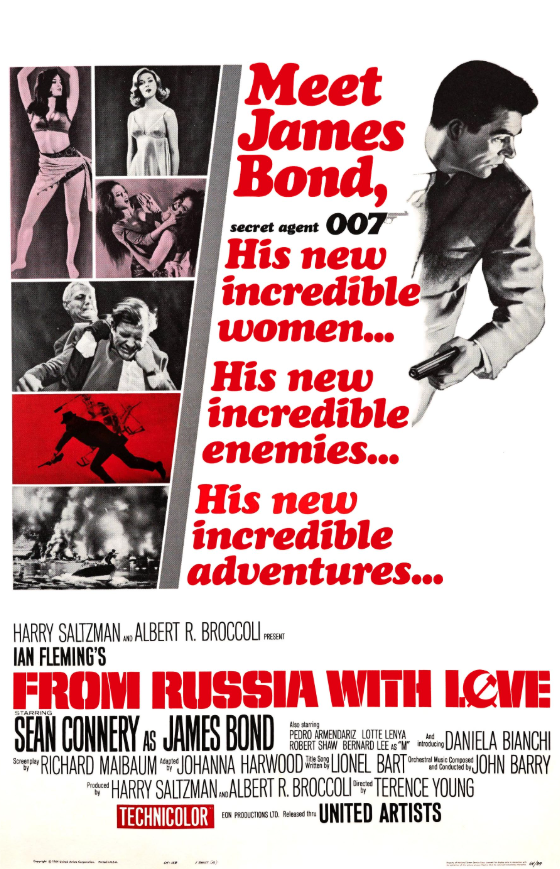
Because the Bond films are such a reliable sales property on home video, I’ve been writing about these movies in some form or another for at least 35 years now – ever since Criterion released the first three movies on LaserDisc, probably – and I always wonder how much I need to discuss the plot. They’re all kind of the same, really, with minor variations in casting and location. But again, the further they fall back into history the more interesting they become as cultural artifacts, and in these six films you can watch the 007 franchise calcify into something it’s never been able to escape.
The Bond movies have always been reactionary, because British culture has always been reactionary; the baddies are out to topple the global world order, and Bond is the gentleman spy dispatched to stop them with a raised eyebrow and a sharp word. But even here, there’s a contrast between the genteel hero Broccoli imagines and the cold-blooded thug of Fleming’s novels; Connery’s genius was that he synthesized the two ideas, playing Bond as someone who enjoys being a tourist but also enjoys punching his way out of a room.
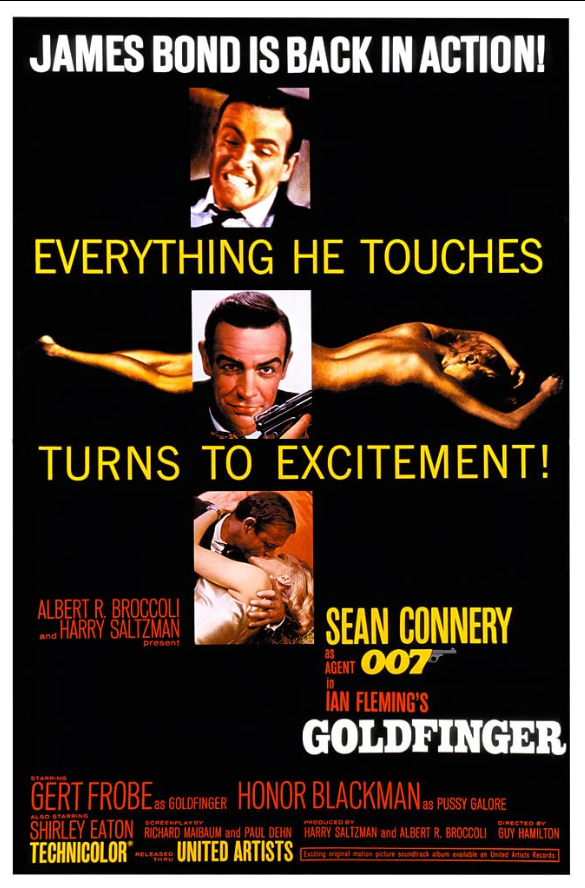
(For the record, I think Roger Moore best represented Broccoli’s conception of Bond, while Daniel Craig represented Fleming’s. And I really need to watch Casino Royale again.)
The stories escalate from Dr. No’s simple detective story to From Russia with Love’s quasi-Hitchcockian chase picture to Goldfinger’s heist thriller to Thunderball’s epic nuclear-blackmail gambit, with SPECTRE coming into its own as a global terrorist operation bent on ruling the world. It’s also the movie where Broccoli falls in love with supervillain lairs, having gotten a taste for it with Auric Goldfinger’s rumpus room in the previous picture.
The formula is perfected by the time You Only Live Twice arrives with the travelogue structure firmly in place, the women slowly becoming more capable, the gadgets increasingly fanciful and Ernst Stavro Blofeld formally installed as Bond’s archenemy. The absence of On Her Majesty’s Secret Service in the set creates a speed bump of sorts, skipping past both the best Blofeld narrative and Bond’s most fully developed love interest, Diana Rigg’s doomed Tracy, to go back to US soil for Diamonds Are Forever, a forgettable Bond-in-Vegas affair that manages to be both camp and homophobic. You can see why Connery wanted out.
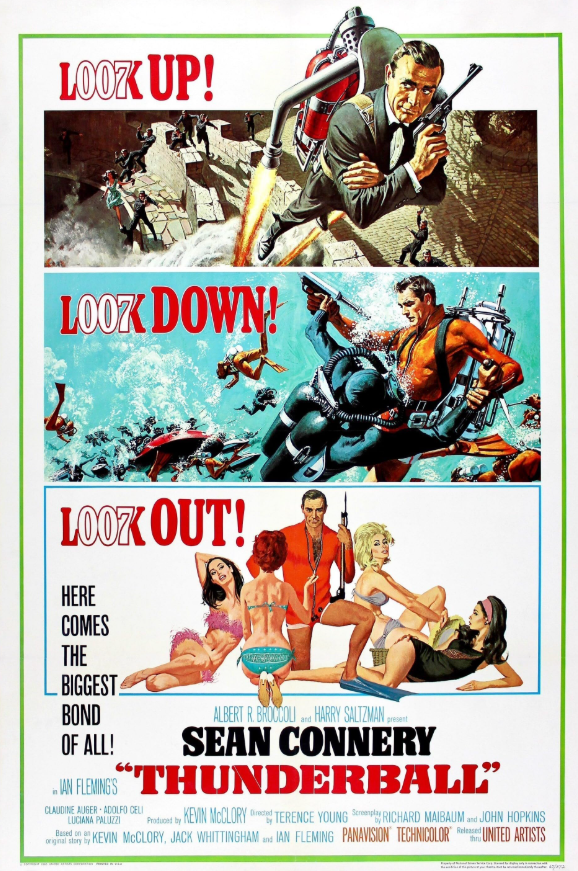
And with all that said, the six films in the Connery cycle are still invaluable historical documents: These are what audiences wanted to see, and in such numbers that they created an entire subgenre of action thriller. Without Connery as Bond we don’t get Michael Caine as Harry Palmer, or Dean Martin as Matt Helm, James Coburn as Derek Flint or Mike Myers as Austin Powers; hell, we don’t get Bruce Lee in Enter the Dragon or the entire Andy Sidaris catalogue. And Warner’s 4K set treats them with the respect they deserve, giving us a sense of what audiences would have seen on their opening weekends.
If noise reduction has been employed, it’s been done sparingly; all six features look like the period productions they were, with the organic roughness of the first three giving way to a glossier, more polished look that would define the franchise. The rear projection in certain scenes in Russia and Goldfinger is unmissable, as is the drop in quality in the shots featuring Goldfinger’s laser weapon in the latter – the unavoidable result of optical compositing, which takes the finished shot at least two generations away from the negative. But this isn’t a bad thing; like the thumbprints in a Wallace and Gromit cartoon, it’s evidence that these films were made by human hands, their production as imperfect as James Bond himself.
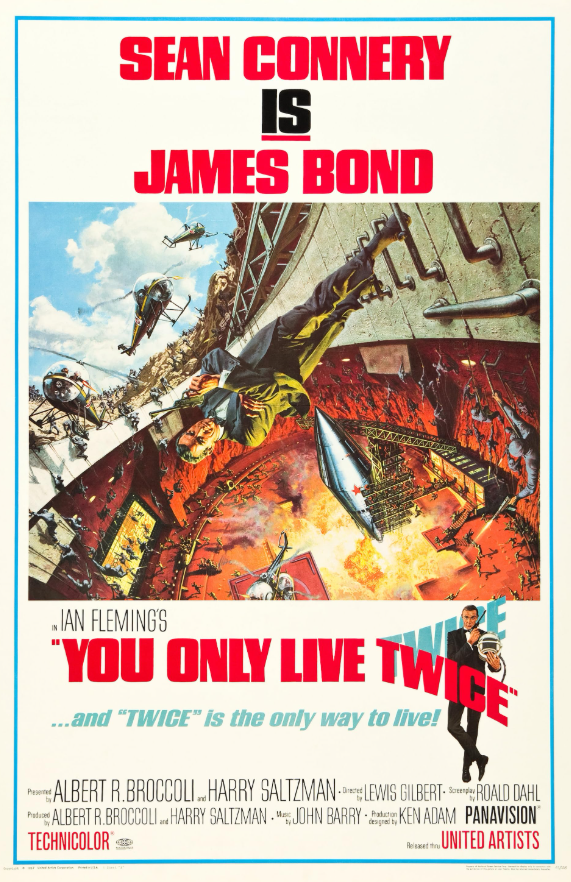
It’s okay that some actors are looped and some backgrounds are matte paintings and some effects are simply unconvincing; my favorite moment this time was realizing that one shot in Russia captures a large crowd standing around to watch Connery’s car pull up to an embassy because hey, someone’s making a movie! It’s also possible that they were the extras for a subsequent scene in which said embassy is evacuated, but they’re clearly off-duty in this moment. It’s the sort of thing that would be digitally painted out in post-production now, and the art would be less interesting for it.
And From Russia with Love isn’t about the set dressing, of course. It’s one of the best Bond movies because it’s also one of the most direct, with Bond helping Soviet admin Tatiana Romanova (Daniela Bianchi) defect to the West with a priceless Lektor encrypting device – an obvious honeypot trap set up by the sinister Rosa Klebb (Lotte Lenya) and her dead-eyed assassin Red Grant (Robert Shaw). Romanova is barely a character, and the Lektor is just a Cold War version of an Enigma, but look at Shaw and Lenya as that movie’s thugs: They’re so memorable – and so effective – because they operate on stamina, patience and calculation, the same qualities that Bond himself brings to the table. The thrill is in watching them all operate – especially since we know what Klebb and Grant are up to long before Bond does.
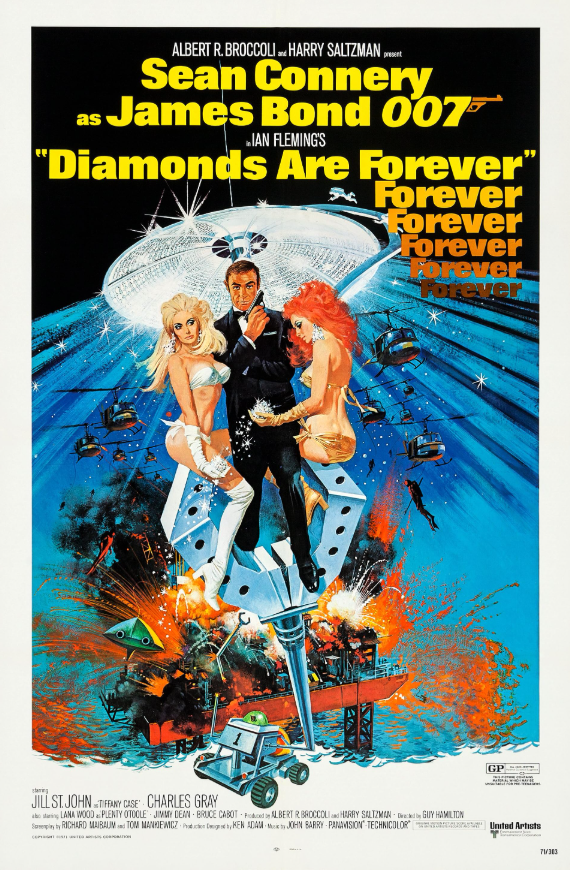
You may have guessed that From Russia with Love is one of my favorite Bond movies. I’m delighted to see it rendered so well here, and with the theatrical mono mix included along with a newly created Dolby Atmos soundtrack. All six films offer this choice, in fact, and while I’ll always prefer the original audio I will allow the Atmos tracks are pretty respectable.
There are no new extras in the set, but Warner has ported over most of the supplements produced for the earlier DVD and Blu-ray releases – MGM’s audio commentaries with directors Terence Young, Guy Hamilton and Lewis Gilbert and various cast and crew members, retrospective documentaries and archival featurettes stretching back to the original shoots, galleries of theatrical trailers, TV and radio spots. The photo galleries and a couple of audio interviews have been dropped, but nothing crucial has been lost. Even without On Her Majesty’s Secret Service, this is an excellent collection that brings the Connery Bond movies back to vivid life. Wartsh and all.
The 007: Sean Connery 6-Film Collection (ugh) is now available in 4K from Warner Bros. Discovery Home Entertainment. And speaking of other actors who might have made great Bonds at one point or another … have you seen Swordfish lately? Stay tuned.
